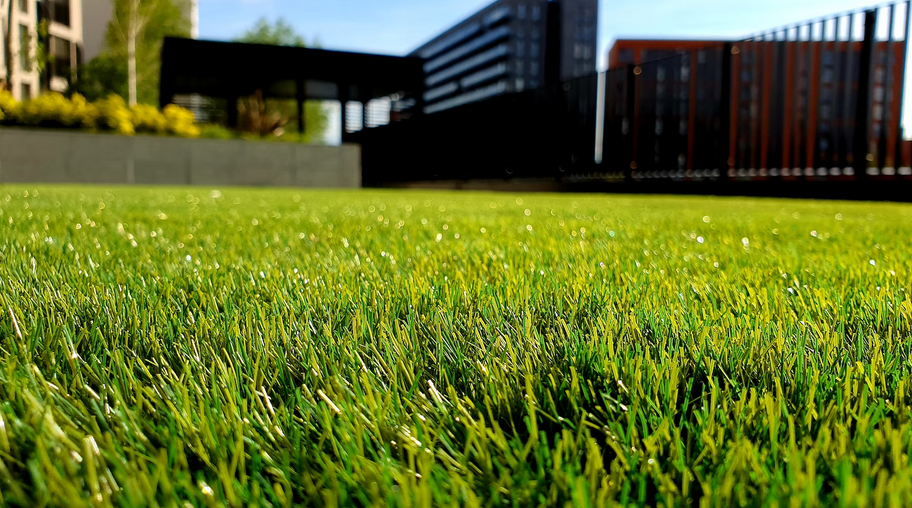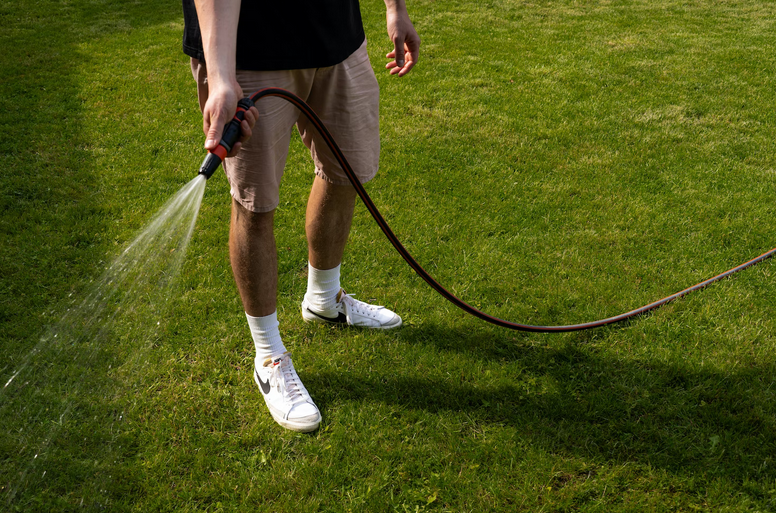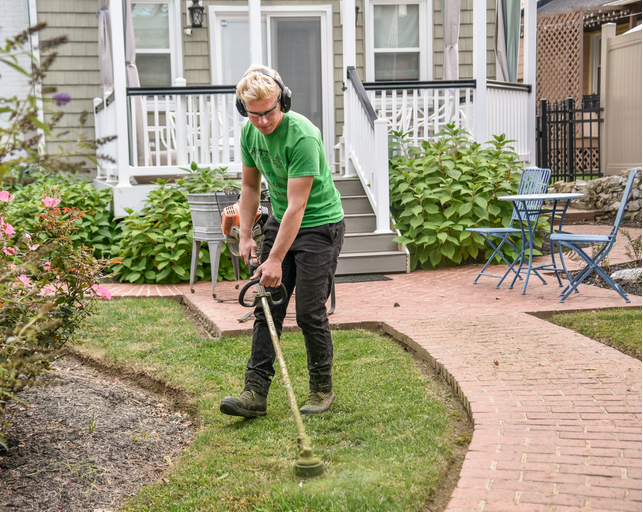Grass, like any other plant, needs proper care and maintenance to stay healthy and vibrant. Many homeowners invest time and money into fertilizing, mowing, and watering their lawns but often need to remember two crucial steps: lawn aeration and overseeding. Although the practice of rat removal should always be on the menu throughout the year, these two practices are essential for reviving and strengthening your lawn. Over time, soil can become compacted due to foot traffic, heavy machinery, or natural settling. This compaction makes it difficult for the grassroots to receive the necessary oxygen and nutrients to thrive.
Understanding Lawn Aeration

Over time, the soil becomes compacted due to foot traffic, heavy machinery, or dense clay composition, hindering the flow of air, water, and nutrients to grass roots. Lawn aeration involves perforating the soil with small holes to alleviate compaction, allowing roots to breathe and absorb essential elements more effectively. The process can be done mechanically with an aerator machine or manually using a hand tool called a lawn aerator. Aeration should be done at least once a year, preferably during the growing season when grass can quickly recover and fill any open areas.
Signs That Your Lawn Needs Aeration
If you notice your grass is turning brown or thinning out despite proper care, it may be a sign that your lawn needs aeration. Other signs include water pooling on the surface after irrigation or rain, difficulty pushing a screwdriver into the ground, and excessive thatch buildup. Thatch is a layer of dead grass stems and roots that can accumulate over time and further impede the flow of air, water, and nutrients to the grassroots.
Benefits of Overseeding

Overseeding is the process of spreading grass seed over an existing lawn to fill in thin or bare areas, improve the overall density and health of the grass, and introduce new varieties for a more resilient lawn. This practice is particularly essential for lawns that are heavily used or damaged by disease, pests, or harsh weather conditions. Overseeding helps to introduce new grass varieties that can better withstand these challenges and also improve the appearance of your lawn.
The Best Time to Overseed
The best time to overseed is during the same season as aeration, preferably in the fall for cool-season grasses and late spring for warm-season grasses. After aeration, the holes created in the soil provide an excellent environment for seed germination, and the cooler temperatures and frequent rainfall in the fall can promote optimal growth. For warm-season grasses, late spring is ideal as it allows for new seedlings to establish before the hot summer months.
Aeration and overseeding are vital practices for revitalizing and strengthening a tired lawn. These proactive steps not only breathe new life into the turf but also promote healthier, more resilient grass that can withstand environmental stresses and thrive for years to come. Incorporating these practices into regular lawn care routines ensures a beautiful, lush carpet of grass that enhances the beauty of any home.

